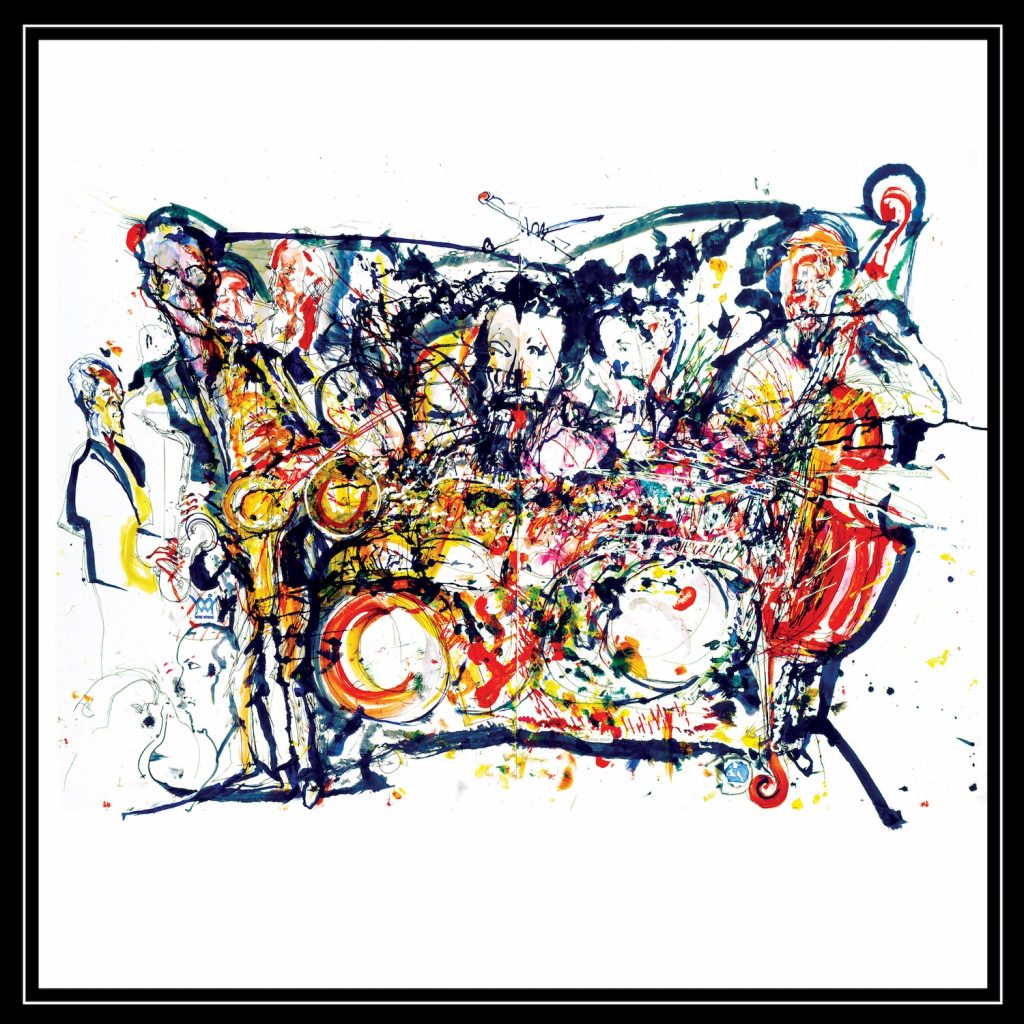[ad_1]

Milford Graves by no means appeared to be that nervous about making data. An early run of recordings for ESP-Disk within the Nineteen Sixties, which established him as one of many paradigm-shifting percussionists of his time, was adopted by a variety of independently issued efforts and a few seismic releases by Sonny Sharrock and Albert Ayler throughout the ensuing decade. However Graves’ discography is punctuated with six-, seven- and eight-year gaps. He most well-liked to deal with instructing, physiological analysis, efficiency, working towards martial arts, gardening and different artistic pursuits. In case you’ve had the chance to see 2018 movie Milford Graves: Full Mantis, you already know that simply itemizing such actions does no justice to the singular method Graves went about doing them. In case you haven’t, monitor it down posthaste and put together to study simply how a lot an individual can do with a life.
But when Graves wasn’t that bothered about making data, that doesn’t imply that he wasn’t recording. Upon his passing in 2021, he left a private archive that included eye-opening works-in-progress and uncommon encounters with different titanic free-jazz personages. Previous to his demise, Black Editions Archives was set as much as launch periods from it. WEBO, named for the Manhattan venue the place Graves, Charles Gayle and William Parker performed a pair of self-produced concert events one weekend in 1991, is the archive’s third launch, and it adheres to the method that yielded its predecessors: Give the recording one of the best sonic spiffing potential, give the vinyl an exacting reduce, and provides it a stunning package deal. Thoughts you, Black Editions Archives aren’t snobs; in case you don’t wish to spring for the three-LP boxed model of WEBO, it’s additionally obtainable as a obtain.
One other issues that Graves by no means nervous about was taking it straightforward on his fellow musicians. His drumming is a polymetric barrage that leaves little room, but it surely broadcasts sufficient power to mild up a lifeless star. Not simply any participant can face up to such power, not to mention assume creatively when in its presence, however tenor saxophonist Gayle and double bassist Parker aren’t simply any gamers.
Gayle, who handed final September, could have been even scarcer on document than Graves in 1991, however that’s as a result of he had spent so a few years residing and taking part in on the streets out of selection. Decided to blow arduous sufficient to place a gap in a wall, he had the stamina to fulfill the drummer the place he was at—and the interior dedication to know that it mattered to take action. His drilling forays are the un-eye inside Graves’s hurricane of sound, however there are additionally passages the place he develops lengthy, passion-inflaming strains with thrilling fleetness. Parker matches their depth and takes it into trance territory.
Whereas this set lasts a full two hours, there’s not a minute that doesn’t really feel like the one minute that issues if you’re listening to it. [Black Editions Archives]
—Invoice Meyer
[ad_2]




